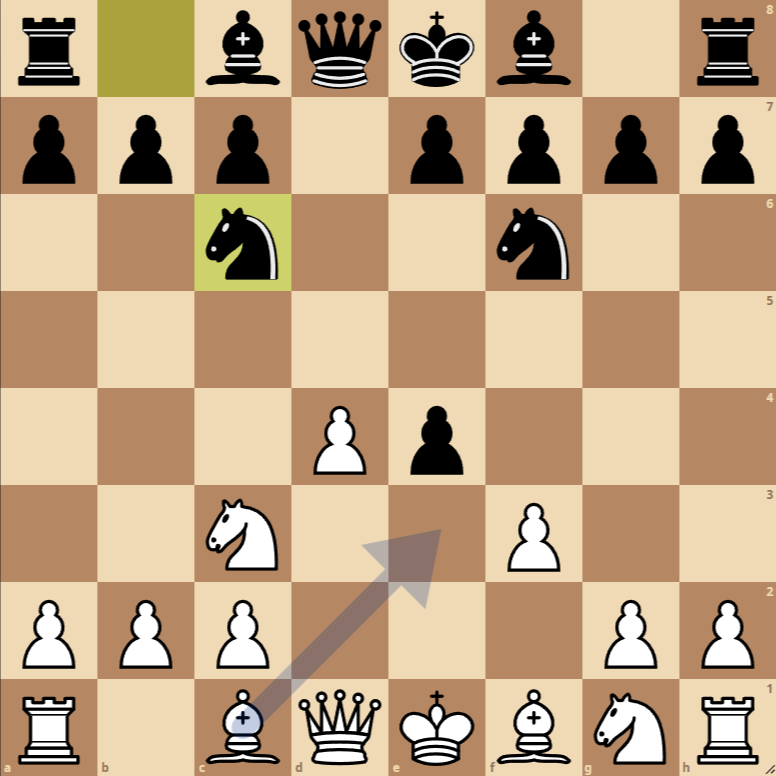How to Play the Lamb Defense Opening
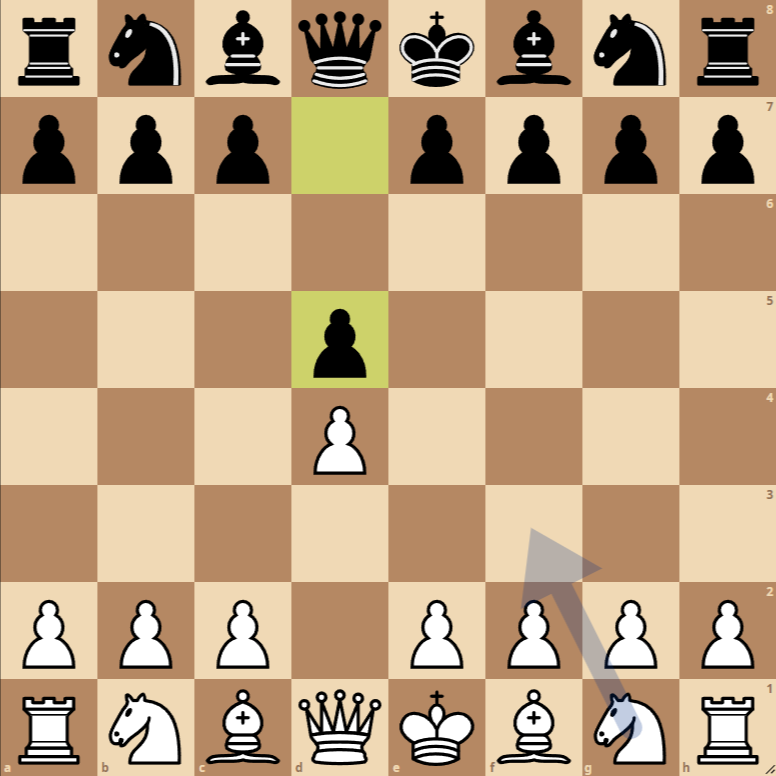
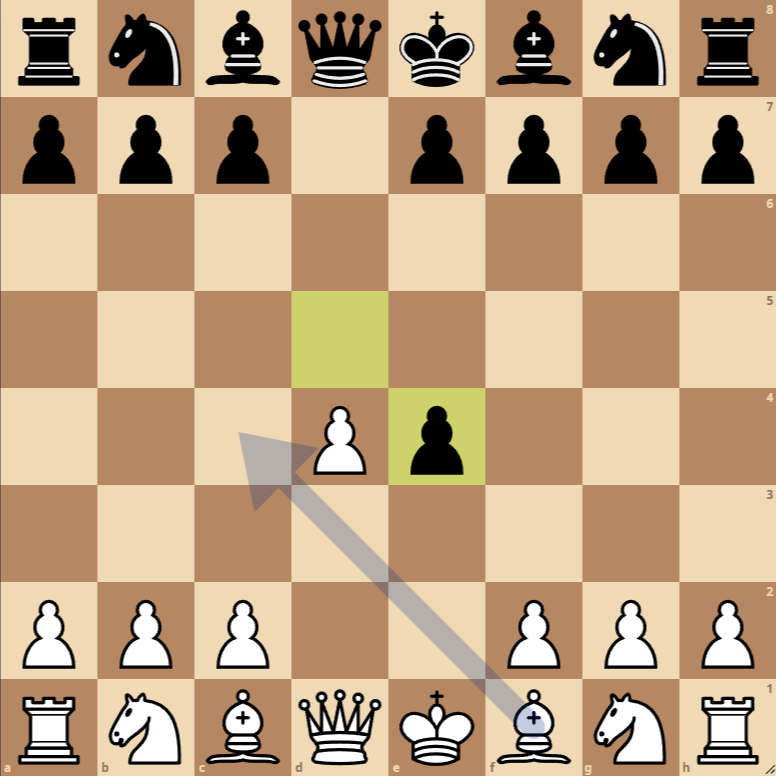
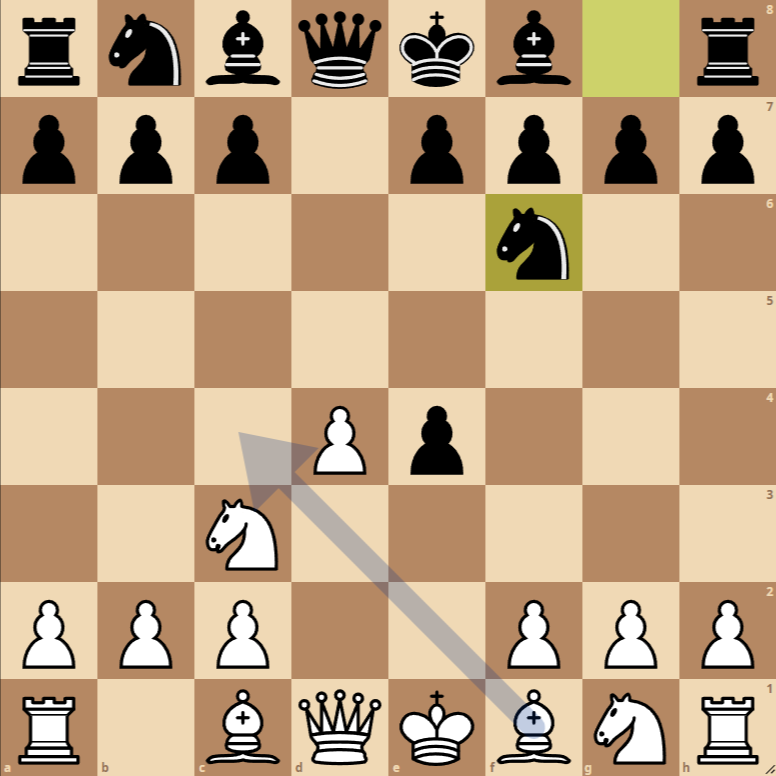
- 1. d4 d5: White opens with the queen’s pawn, aiming to control the center and prepare the development of their pieces. Black responds symmetrically, also aiming for central control and preparing their minor pieces’ development.
- 2. e4 dxe4: White plays a gambit, offering a pawn to unbalance the center and open lines for their pieces. Black accepts the gambit, capturing the pawn and aiming to maintain material advantage.
- 3. Nc3 Nf6: White develops their knight to the center, pressuring the captured pawn and preparing to recover it. Black continues their development with the king’s knight, targeting the center and aiming to control key squares.
- 4. f3 Nc6: White prepares to regain the lost pawn, reinforcing their center and opening possibilities for kingside castling. Black develops their second knight, increasing their presence in the center and preparing for potential advances on the kingside or queenside.
Lamb Defense Opening Variations
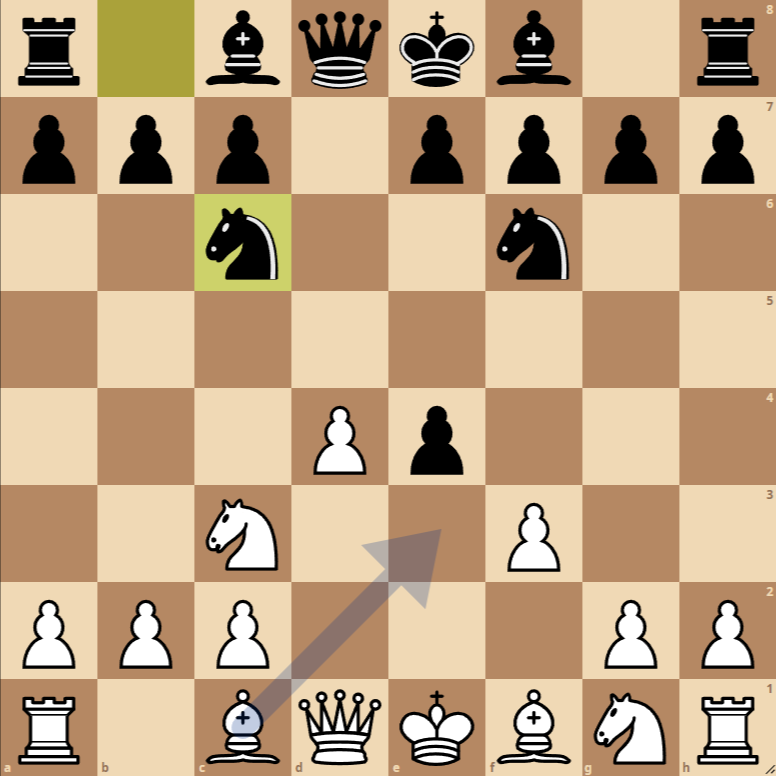
Variation 1: Gambit Declined
Instead of accepting the gambit with 2…dxe4, Black can choose to maintain tension in the center with moves like 2…e6, aiming to strengthen their center without compromising their pawn structure.
Variation 2: Black’s Rapid Advance
Another option for Black after 2. e4 is to advance their king’s pawn to e5, challenging White’s center control and seeking to activate their pieces quickly.

